Submitted by Berrin Chatzi Chousein
Technology, of itself, is not enough for sustainable construction, argues LafargeHolcim Awards Jury
Switzerland Architecture News - Feb 08, 2020 - 11:22 3183 views
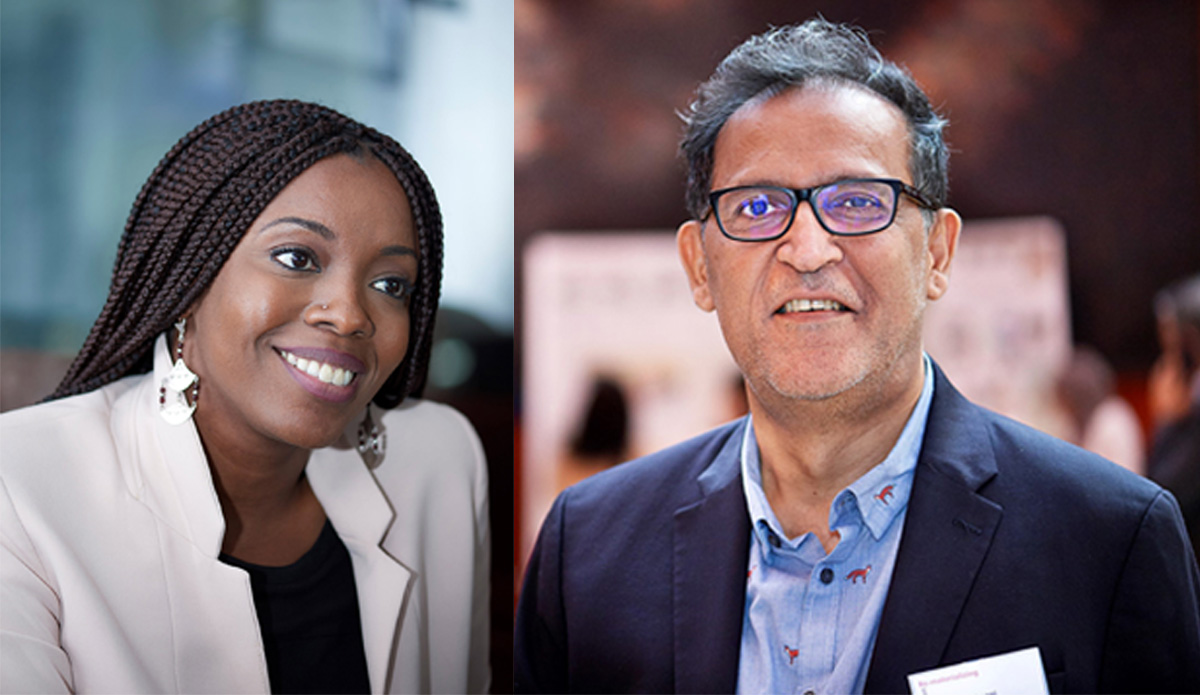
"Technology, of itself, is not enough," says Nirmal Kishnani, Professor of Architecture, School of Design & Environment at the National University of Singapore and Head of the LafargeHolcim Awards jury for Asia Pacific in 2020.
Kishnani asks: "We need to also assess the potency of an idea: are others inspired to do the same? Does the tool simultaneously alter economic and environmental logic?."
"Certain processes and tools may be meaningful in one location but not in others," Kishnani adds in an exclusive interview with World Architecture Community. Only 15 days left to send your projects to the LafargeHolcim Awards 2020.
The 6th Cycle of LafargeHolcim Awards is receiving entries until February 25, 2020 and the Awards recognizes projects and concepts from architecture, engineering, urban planning, materials science, construction technology, and related fields.
The aim of the Awards is to seek real projects as well as bold ideas that combine sustainable construction solutions with architectural excellence. The competition offers a total of USD 2 million in prize money.
The LafargeHolcim Awards' “Step-by-step” guide explains the evaluation criteria and illustrates how to enter the competition.
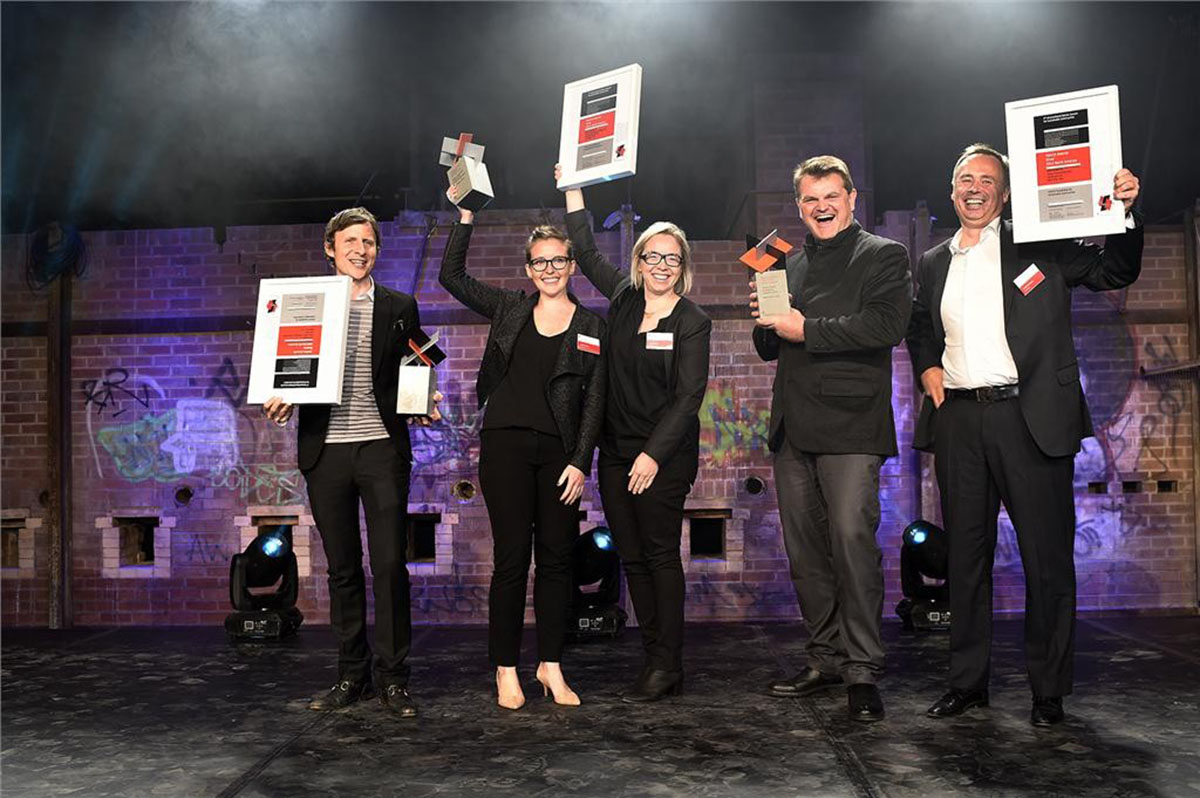
Image courtesy of the LafargeHolcim Foundation
In the second part of World Architecture Community's exclusive interviews on sustainable construction, WAC also spoke to Mariam Kamara, Principal and Owner of atelier masōmī in Niger and she is Head of the LafargeHolcim Awards jury for Middle East Africa in 2020.
Regarding the recent technological applications in sustainable construction, Kamara defends that technological improvements, like BIM tools and automated processes, can help to achieve high qualities in results, but she says that the use of the technology itself doesn't make a project.
"The new technological tools are just that: tools. In my opinion, their use in of itself doesn’t make a project. I know from experience that one can achieve high quality results without access to BIM tools, and other automated tools," says Mariam Kamara.
"They can be very useful in streamlining and easing different processes of course, but is that actually architecture?."
"Regardless of the geographic location and technology available, it is ultimately the ideas, the positions taken, the innovative spirit, and the serious consideration for quality in the project that will be the most compelling aspects for me in the judging process," Kamara explains.
Nirmal Kishnani also adds that "This goes back to my earlier point about context: what is appropriate, where, why? Low-tech solutions are sometimes the best way forward."

Image courtesy of the LafargeHolcim Foundation
Sustainable construction is a very broad term that needs to be evaluated
Sustainable construction is a very broad term that needs to be thought in projects, according to the LafargeHolcim jury.
"The answer to “what is sustainable construction?” takes its cue from what we do in the design-construction sector that has a direct and detrimental impact on planetary systems," says Nirmal Kishnani.
"Sustainable construction is a very broad notion. I think it used to mean using renewable materials, limiting energy consumption, or even building in features that promote environment-friendly behaviors. But I think in the 21st century, our challenges are so great that we have to look at sustainability much more holistically," says Mariam Kamara.
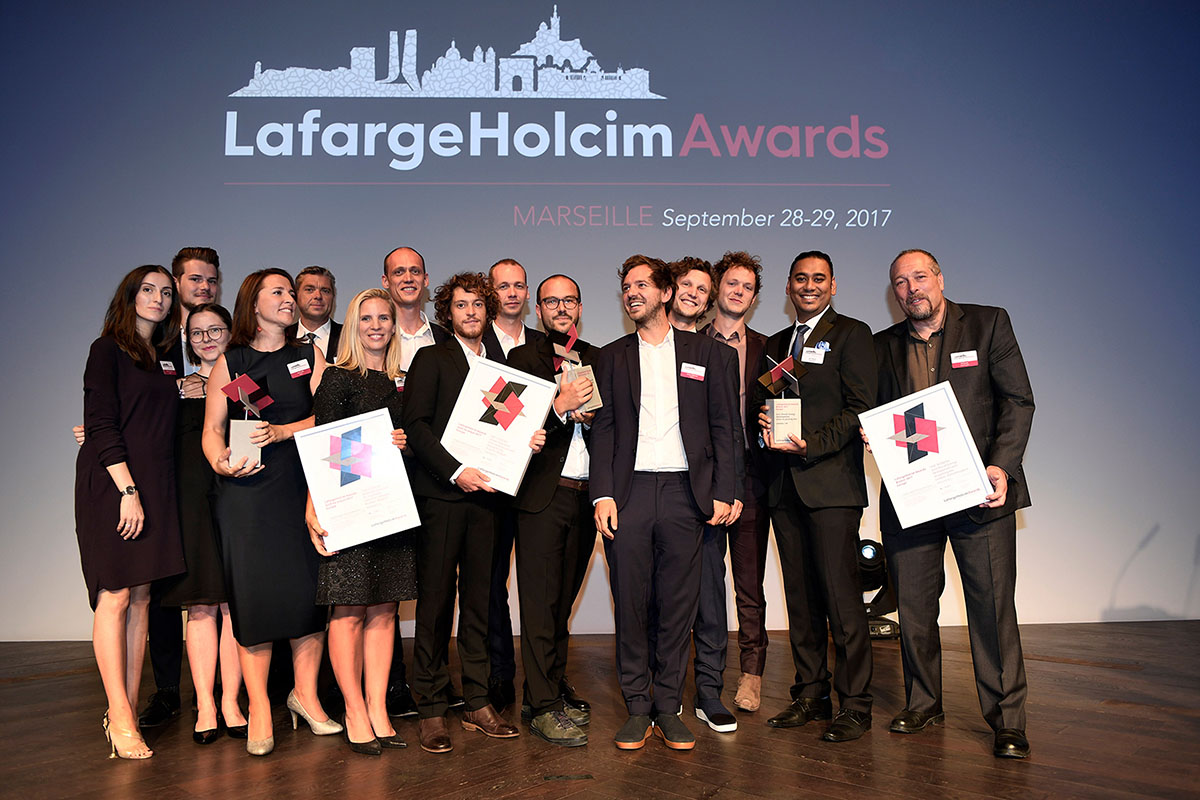
Image courtesy of the LafargeHolcim Foundation
But what exactly does sustainable construction mean and how is it defined? How do today's technologies shape sustainable architecture and construction? What kind of assessment strategy does the LafargeHolcim Awards follow?
To delve into these questions on sustainable construction and architecture, World Architecture Community spoke to the Head Jury Members of LafargeHolcim Awards for Sustainable Construction from four regions of the world: Jeannette Kuo, Founding Partner of Karamuk Kuo Architects in Switzerland (jury for Europe), Loreta Castro Reguera, Design Director and Founder of Taller Capital in Mexico (jury for Latin America), Mariam Kamara, Principal and Owner of atelier masōmī in Niger (jury for Middle East Africa) and Nirmal Kishnani, Professor of Architecture, School of Design & Environment, at the National University of Singapore (jury for Asia Pacific).
The independent juries will evaluate entries for the LafargeHolcim Awards for Sustainable Construction in five regions of the world.
In the second part of World Architecture Community's exclusive interviews on sustainable construction for the LafargeHolcim Awards, you can find the interviews with Mariam Kamara, Principal and Owner of atelier masōmī in Niger (jury for Middle East Africa), and Nirmal Kishnani, Professor of Architecture, School of Design & Environment, at the National University of Singapore (jury for Asia Pacific).
You may find the full transcript of our interview with Mariam Kamara and Nirmal Kishnani below:
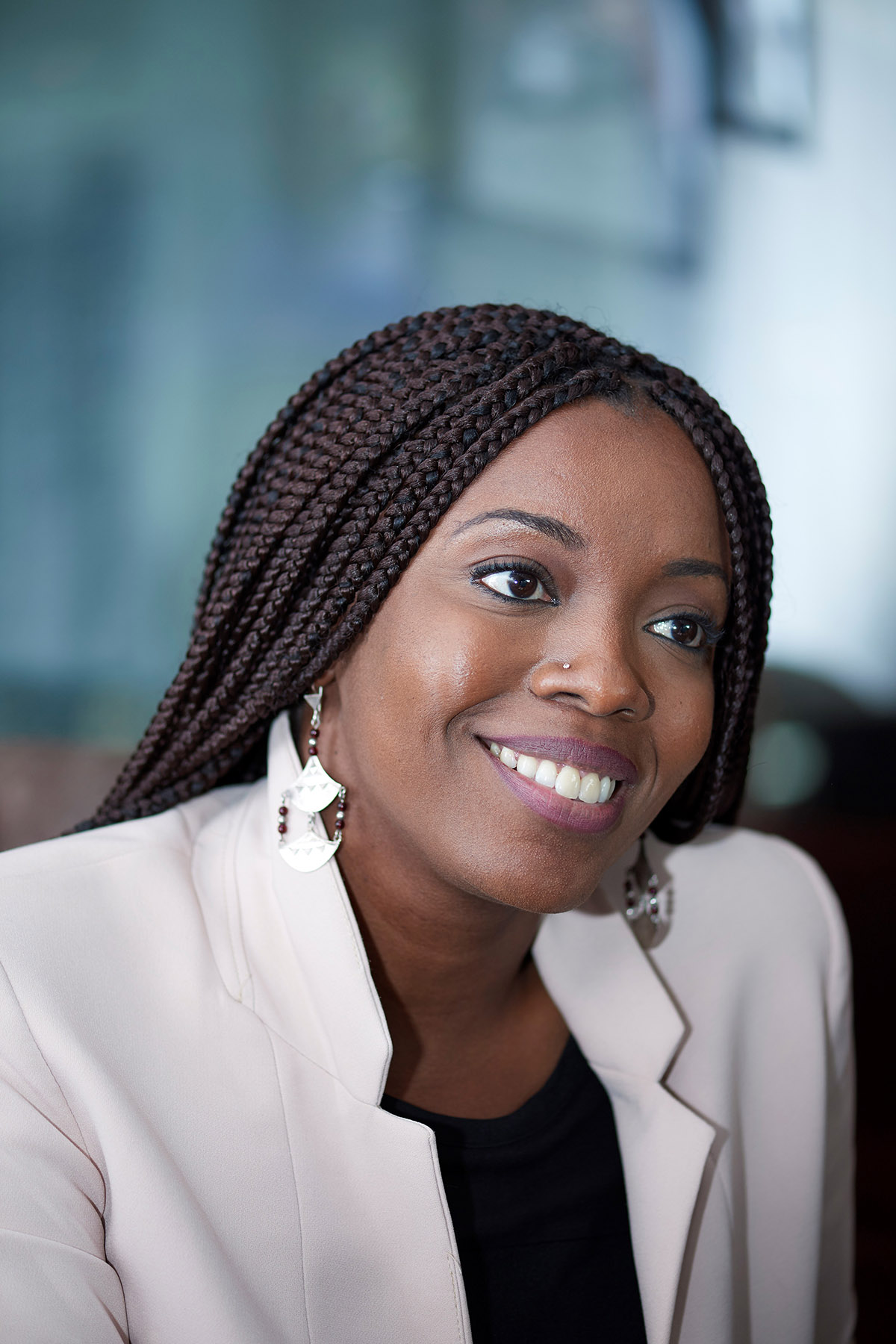
Mariam Kamara, Principal and Owner of atelier masōmī in Niger (jury for Middle East Africa). Image courtesy of the LafargeHolcim Foundation
Mariam Kamara, Principal and Owner of atelier masōmī in Niger (jury for Middle East Africa)
A jury of nine experts headed by Mariam Kamara, Principal and Owner of atelier masōmī from Niger, will evaluate entries in the 6th International LafargeHolcim Awards for the region of Middle East Africa.
Founded in 2015, the architecture and research firm tackles a wide variety of public, cultural, residential, commercial and urban design projects. Her work is guided by the belief that architects have an important role to play in thinking spaces that have the power to elevate, dignify, and provide a better quality of life.
Berrin Chatzi Chousein: The LafargeHolcim Foundation focuses on sustainable construction in its Awards Program by tackling the five important issues for its evaluation process (progress, people, planet, prosperity, place). Could you please tell us how exactly would you describe sustainable construction?
Mariam Kamara: Sustainable construction is a very broad notion. I think it used to mean using renewable materials, limiting energy consumption, or even building in features that promote environment-friendly behaviors. But I think in the 21st century, our challenges are so great that we have to look at sustainability much more holistically.
The 5 issues laid out by the LafargeHolcim Foundation really strike at the core of this reality. For example, if we accept the prediction that the future is Urban, we have to make sure our cities are sustainable: is there enough housing? How affordable is it? How inclusive are they? Do they allow communities to thrive? and most importantly, how do provide an environment of opportunities for progress and socio-economic wellbeing? Similarly, as many new economies are booming around the world, I can’t help but worry about what shape that development is taking in order to avoid adding additional economic pressures on places that are economically vulnerable. This is why the notion of “place” is so important for example…
"We get on dangerous territory when we force uniform rules on how we proceed"
Berrin Chatzi Chousein: When you evaluate the construction stages and design principles in today's architecture and urbanism, how do you judge the appropriate method to comply with these five principles? And are these principles in general controllable by authorities or governmental bodies?
Mariam Kamara: I think this varies widely depending on where one is and what the conditions on the ground are. Progress and prosperity looks different in different part of the world. The environmental imperatives are different depending on the geography and climate. I think we get on dangerous territory when we force uniform rules on how we proceed.
Looking at how a project fits in the place it is for, how it involves people (if it is a public project) and what it does for its users are extremely important considerations for me. What does the project put on the table long term? How does the project perhaps even use the brief to provide a solution that has environmental value, anticipates on future needs, takes political position even. The list can go on.
"The LafargeHolcim Awards can help young architects develop their practice and can even contribute to their economic sustainability"
Berrin Chatzi Chousein: New tools are being developed and used in both the design and construction process of construction, such as 3D-print, Manufacturing Resource Planning (MRP), Off-site Construction, AI & Machine Learning, or VR, Building Information Modeling (BIM), Drones and New Materials, and we are experiencing faster production models (apart from the waste they leave behind, because many models actually undergo pre-construction phases for testing).
In the jury deliberation of the LafargeHolcim Awards, how are these new tools being addressed? What about geographic regions where such new techniques are not available or where there is no access to them?
Mariam Kamara: The new technological tools are just that: tools. In my opinion, their use in of itself doesn’t make a project. I know from experience that one can achieve high quality results without access to BIM tools, and other automated tools. They can be very useful in streamlining and easing different processes of course, but is that actually architecture? Regardless of the geographic location and technology available, it is ultimately the ideas, the positions taken, the innovative spirit, and the serious consideration for quality in the project that will be the most compelling aspects for me in the judging process.
Berrin Chatzi Chousein: Can you evaluate the importance of the LafargeHolcim Awards in a wider framework? What is the difference of it from other awards?
Mariam Kamara: For one, the competition’s focus on the 5 sustainability principles truly puts a positive pressure on projects to think deeply about these aspects and rise up to the challenge they pose. Winners of the competition get a huge amount of exposure and validation of their award-worthy work, which in turn serves as a source of inspiration to their peers. Finally, particularly for young practices, the substantial amount awarded with the prizes can really help them develop their practice and can even contribute to their economic sustainability. This competition is truly one of a kind.
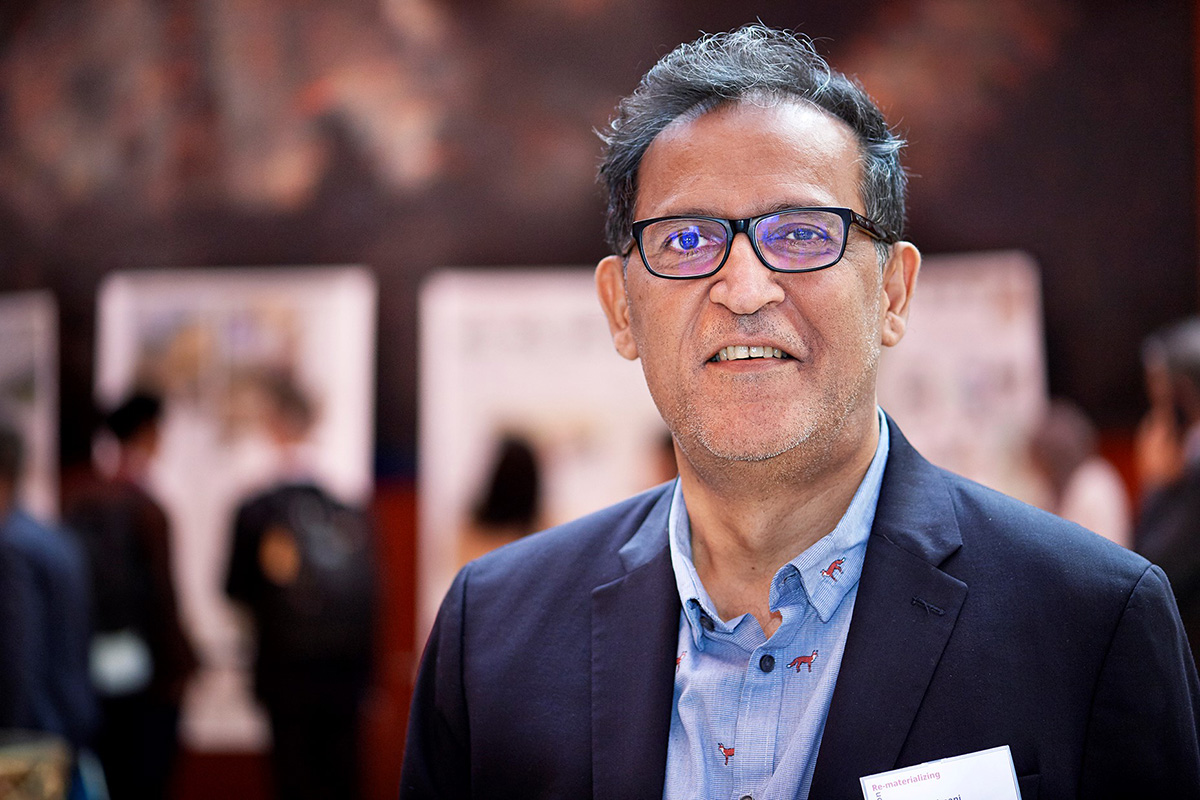
Nirmal Kishnani, Professor of Architecture, School of Design & Environment, at the National University of Singapore (jury for Asia Pacific). Image courtesy of the LafargeHolcim Foundation
Nirmal Kishnani, Professor of Architecture, School of Design & Environment, at the National University of Singapore (jury for Asia Pacific)
A jury of nine experts headed by Nirmal Kishnani, Professor of Architecture, School of Design & Environment, at the National University of Singapore, will evaluate entries in the 6th International LafargeHolcim Awards for the region of Asia Pacific.
Nirmal Kishnani is Associate Professor of Architecture in the School of Design & Environment (SDE) at the National University of Singapore (NUS). He is also Program Director of the Master of Science in Integrated Sustainable Design at the NUS that aligns an interdisciplinary curriculum towards ecological concerns and teaches sustainability principles to architects.
Berrin Chatzi Chousein: The LafargeHolcim Foundation focuses on sustainable construction in its Awards Program by tackling the five important issues for its evaluation process (progress, people, planet, prosperity, place). Could you please tell us how exactly would you describe sustainable construction?
Nirmal Kishnani: The answer to “what is sustainable construction?” takes its cue from what we do in the design-construction sector that has a direct and detrimental impact on planetary systems. Climate change, for instance, is attributed to greenhouse gas emissions, a result of reliance on fossil fuels. The ballooning of urban populations – and with it, surging demand for food, raw materials and energy – places tremendous strain on urban and natural systems, resulting in a collapse of ecosystems in many places. The growth of the urban economy is known to create social and economic inequity. The five issues of the LafargeHolcim Awards are signposts that remind us of what, at this moment, needs attention at the drawing board. These words are tied to the exigencies of the day. A response to “Planet (resource and environmental performance)”, for instance, would include reliance on renewable energy. It could incorporate local sourcing of, say, food and water.
Berrin Chatzi Chousein: When you evaluate the construction stages and design principles in today's architecture and urbanism, how do you judge the appropriate method to comply with these five principles? And are these principles in general controllable by authorities or governmental bodies?
Nirmal Kishnani: A case is often made for universal metrics of environmental impact, such as GHG emissions. I would argue that case should also made for a contextual perspective. Sustainable design begins with understanding local constraints and opportunities. In Asia, for instance, cities have high population and built-up densities, quite unlike what is seen in, say, Europe. What is necessary and appropriate in one is very different from another. Can policy make a difference? Yes, without doubt. Cities that have been successful in changing the socio-ecological landscape, such as Singapore, have almost always been led by policy frameworks that guide how new buildings and neighbourhoods are embedded within a larger vision. Policy here is a way of bridging scales.
How does a building behave in ways that are important to the city, and vice versa? Only policy can make and enforce these connections. Otherwise we end up with many green buildings that do not add up to a sustainable city.
"Technology, of itself, is not enough. We need to also assess the potency of an idea"
Berrin Chatzi Chousein: New tools are being developed and used in both the design and construction process of construction, such as 3D-print, Manufacturing Resource Planning (MRP), Off-site Construction, AI & Machine Learning, or VR, Building Information Modeling (BIM), Drones and New Materials, and we are experiencing faster production models (apart from the waste they leave behind, because many models actually undergo pre-construction phases for testing).
In the jury deliberation of the LafargeHolcim Awards, how are these new tools being addressed? What about geographic regions where such new techniques are not available or where there is no access to them?
Nirmal Kishnani: These tools fall into the category of "process", one of the five issues. The question that most jurors would ask is how replicable these tools and the underlying processes they bring to the drawing board are. Technology, of itself, is not enough. We need to also assess the potency of an idea: are others inspired to do the same? Does the tool simultaneously alter economic and environmental logic? Certain processes and tools may be meaningful in one location but not in others. This goes back to my earlier point about context: what is appropriate, where, why? Low-tech solutions are sometimes the best way forward.
"Circularity can happen only if the building-construction sector places economic value on what is referred to as "waste"
Berrin Chatzi Chousein: How would you define "circular thinking" within the design and building industry, which we have heard a lot about in recent years? Are there direct implications of “circular thinking” for architects, investors or builders in construction?
Nirmal Kishnani: Circularity is a powerful idea – and its time has come. Many now speak of zero waste as a design goal. This can happen only if the building-construction sector places economic value on what is referred to as "waste".
The challenge here is partly technical. Do we have the processes and technologies to capture, recycle and repurpose waste streams? It is also partly cultural. How do we value old things? Is it "cool" to own secondhand products?
The underlying question I would ask: at what scale does circularity begin? I suspect it starts with urban policy. Is there a dollar value placed on waste by the city? If yes, designers will respond with a systemic approach to resource use and tracking. At the drawing board, this could, for instance, become a question of how to "design for disassembly", a concept that has been around for some time but has not yet caught on.
Berrin Chatzi Chousein: Can you evaluate the importance of the LafargeHolcim Awards in a wider framework? What is the difference of it from other awards?
Nirmal Kishnani: The LafargeHolcim Awards is perhaps the most significant award out there that recognizes innovation in the field of sustainable construction. This is not just because of the monetary value of the award, as substantial as the USD 2 million total prize money per cycle is. The three-year Awards cycle is a way of appraising where we are, what matters, to whom?
The winning entries are a snapshot of what is happening on the frontlines of the sustainability discourse. They are a guiding light to others who seek solutions and inspiration. I do not know of any other award that does this at the global scale, mobilizing energy and ideas in the same way.
(-end of transcript)
Top image: Mariam Kamara and Nirmal Kishnani. Image courtesy of the LafargeHolcim Foundation.
